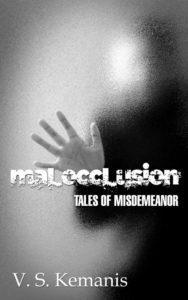

Time for another road trip, and boy, this one was splendid! A trip to Montréal, My New Favorite City!
Friday, June 28 — Friday July 5, 2019
TRANSPORTATION, MOVING, & PARKING: MORE FUN THAN YOU MIGHT THINK
A six-hour drive from our home in Cortlandt Manor, New York, got us there early Friday evening. Our Airbnb apartment was on Rue Saint André, an excellent location close to everything. [The actual accommodations were not 5-star, however, but we made do!]
The street was torn up for water main repair and we had to park (temporarily and illegally) a block away to unpack. Oddly, as we made multiple trips hauling our stuff from the car, we blended in well with the local residents because—what’s this? Why is half the neighborhood moving? Everywhere, people were carrying boxes and sofas and mattresses and TVs out of their apartments.
We learned later that this was Moving Day! (actually, Moving Weekend). Originally by law, and now by tradition, virtually every lease in Montréal starts on July 1. Whoa! When this got started, they forgot it was also Canada Day. Click here for a complete explanation.
That evening, we found a garage to park the car (very affordable and beautiful) Gare d’ Autocars de Montréal on Rue Berri, under the Greyhound bus station. After that, we took the Metro or walked everywhere the whole week.
For you Beatles fans who are taking or have ever taken the Montréal Metro, I ask you this: After the ride, do you find yourself humming “Lucy in the Sky with Diamonds” all day? The three electronic notes in the Metro right before the doors close are the first three notes of “L in the S with D.” Play the video in the link and listen to the first three notes when the song starts, 20 seconds in.
With that, the Transportation section segues into…
MUSIC
The Festival International de Jazz de Montréal was going on all week at the Place des Festivals in the Quartier des Spectacles. We just couldn’t believe how many great performances there were: all FREE!
We saw many, many groups, but here are the standouts:
Thomas de Pourquery & Supersonic Excellent brass and vocals, very deeply felt.
The Lowdown Brass Band from Chicago Energy, rhythm, emotion. My favorite musician in the band was Shane Jonas on Vocals and Trumpet.
Here is a selfie taken by the Lowdown Brass Band after the performance. Do you see me and Kevin in the audience? Keep looking. There. Front left. Really, that’s us. No kidding.

Big Band Intersection A fine brass band that plays a lot of Beatles in interesting arrangements.
Urban Science Brass Band A kooky group of ambulating musicians in colorful costumes with two dancers. A lot of fun. We followed them through the festival for about 45 minutes.
Baritone Madness Three baritone saxes. Simply excellent.
David Helbock’s Random Control An amazingly talented and unusual group from Austria. They play very interesting arrangements of jazz classics.
Plena Libre A Puerto Rican group with a lot of energy and great rhythms for dancing.
Dancing is often helped with a glass of wine beforehand, as we confirmed with a couple of excellent glasses at Bistro SAQ, overlooking the main plaza at the Jazz Festival. Also had delicious snacks to go with: a cheese plate and fried falafel appetizer.
Which transitions us from Music into…
FOOD
Delicious food all week long. Not a single bad meal. Here are most of the places we ate!
Fruiterie du Plateau Started every day with breakfast at home with sumptuous breads and beautiful produce from this neighborhood grocery store on Rue Roy.
The Food Lab, Rue Saint Laurent. Gourmet. Halibut for me, “Piglet” for Kevin.
Eggspectation at the Complexe Desjardins. Delicious hamburgers and fries.
La Baraque du Vieux, Rue Saint Vincent. Not gourmet but plenty good basic lunch while touring Vieux Montréal.
Taverne Portugaise on the Place des Festivals. Great Portuguese food, loved the veggies.
La Belle et la Boeuf, Rue Saint Catherine. I had delicious grilled cheese and bacon, Kevin had hamburger.

Restaurant du Jardin Botanique. A surprising delight for a cafeteria-style botanical gardens café. Great tasting salads, squash soup, veggie pizza, chocolate croissants.
Terrasse Nelligan A terrace on the 5th floor of the Hotel Nelligan, Rue Saint-Paul Ouest. Went for lunch, when they have sandwiches, burgers, fish and chips. Very good.
OTHER SITES AND EVENTS
Busy all week! Other places we went:
Vieux Montréal, beautiful historic buildings. My favorites were the churches: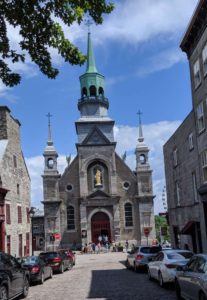
Notre-Dame-de-Bon-Secours Chapel
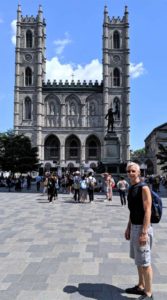
Basilique Notre-Dame de Montréal
I love the art work, sculpture, and stained glass.
[See also the photo at the beginning of this post.]

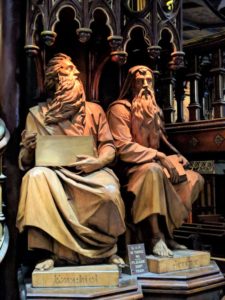
Also in Vieux Montréal, watched part of a triathalon competition at Port Montréal and saw Cirque du Soleil’s amazing performance, “Allegria” [A tip if you plan to go: Bring a hooded sweater. They keep that tent very cold!]
Mont Royal: Walked up to the lookout for a stunning view of the city

The Biosphere: A geodesic dome constructed for Expo ’67. Saw the display of photos and memorabilia from the World Fair, and Kevin reminisced about a family trip there when he was 12. Went to the top for the view.

 Parc Olympique: Place of the 1976 Olympic Games. Wanted to go up but the observation tower is closed for construction. [Is it me, or does that building remind you of someone’s face, especially at night. Hint: Star Wars.]
Parc Olympique: Place of the 1976 Olympic Games. Wanted to go up but the observation tower is closed for construction. [Is it me, or does that building remind you of someone’s face, especially at night. Hint: Star Wars.]

Planetarium: Went inside to cool down in the AC and saw a cool movie about the universe narrated by Tom Hanks.
Botanical Garden: Very pretty and, as noted above, fantastic lunch.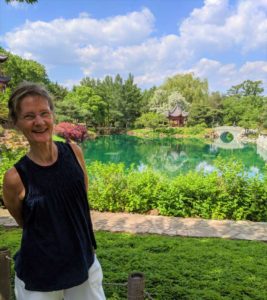
WEATHER
Hot, hot, hot weather all week, high 80s and low 90s, which is, apparently hotter than their average July. On Saturday, June 29, it rained off and on, including during the Supersonic concert. We toughed it out under umbrellas, the music was so good.
Of course, you wouldn’t want it any other way but hot for…
INDEPENDENCE DAY
Bye-bye Montréal! Checked out Thursday morning, July 4th, and took a slow drive down to Williamstown, MA, avoiding US 87 and taking smaller scenic roads, like US Routes 4 and 7.
Besides the improved scenery, we needed extra time to finish the audio book we were listening to, Six Years by Harlan Coban. A bit sappy and occasionally predictable, but for the most part a very suspenseful story. We had to finish it!
We’d never been to Williamstown before, and it was a lucky pick for the 4th of July. Had a great dinner on the outdoor patio of Trail House with, of course, apple pie for dessert. Then we followed the crowd through town to find the fireworks, which were set off at the Taconic Golf Club. There was live music before the fireworks, and a huge lawn to spread out on.
The next morning, after a stay at the Howard Johnson’s and coffee and bagel at Tunnel City Coffee, we took scenic routes to the Norman Rockwell Museum in Stockbridge. This self-portrait is my favorite! What an imagination he had.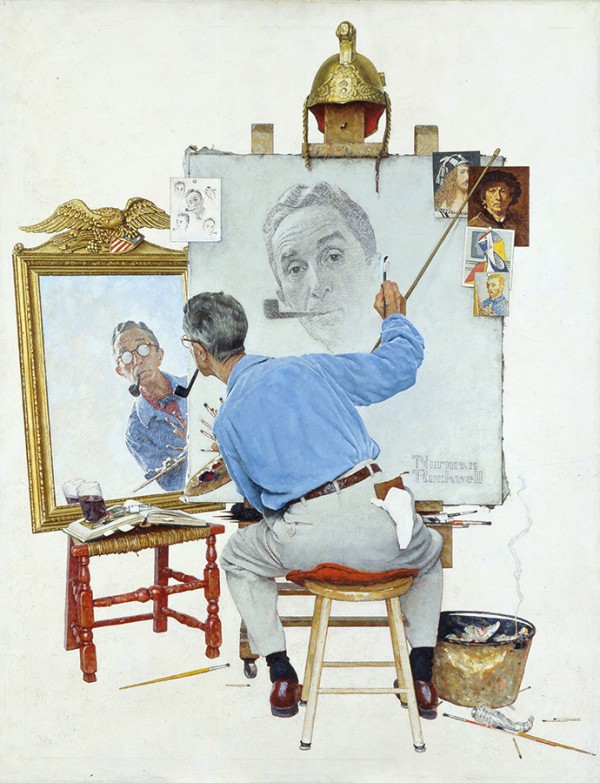
Then south on US 7, where we stopped at Fiddleheads Grill in Great Barrington MA , for a delicious lunch. We ate outside and had the deck to ourselves, overlooking a field.
Continuing south on US 7, then Routes 55 and 22, still about an hour from our home, we passed a spooky group of buildings in Dutchess County that look like an old prison. But then we saw a sign: “Olivet University.” Really? A University? I looked it up and found that the site was the former Harlem Valley Psychiatric Center, in operation from 1924 to 1994, home to thousands of patients, at the forefront of insulin shock therapy, electroshock therapy, and lobotomies. Purchased by Olivet in 2013. Read an article about it here: “An abandoned asylum once on the cutting edge of lobotomies may be reborn as a Christian college.”
Some creepy looking photos of the abandoned site can be found online. Writers: A good setting for a crime story or novel, perhaps?
So it’s back home, back to the old grindstone. Tongue-in-cheek, friends. My grindstone is pure joy: writing fiction! Current word count of my WIP is 50,000. Fifth Dana Hargrove novel is in the works. More on that to come.
Thanks for taking this trip with me.
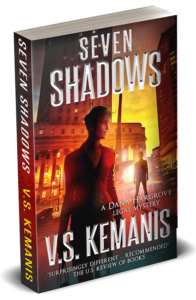
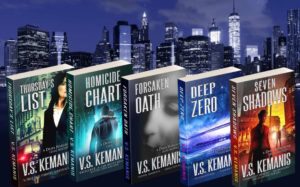
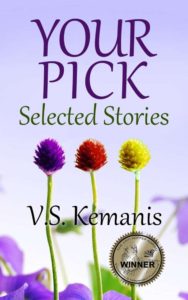


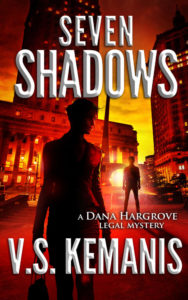
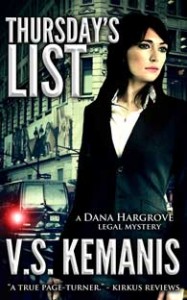
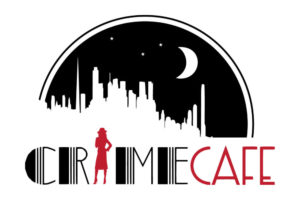


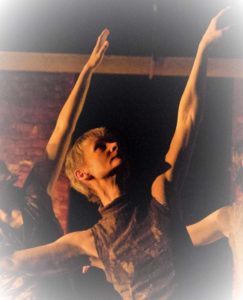
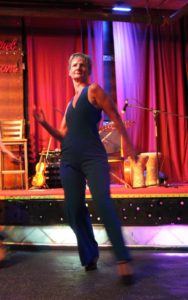 A day for reflection, to be grateful for a loving family, close friends, sound health, and the good fortune to be living in a time and place that affords women the freedom to work in artistic and intellectually stimulating fields. For me, that means law, fiction writing, and dance. Not necessary in that order and sometimes simultaneously!
A day for reflection, to be grateful for a loving family, close friends, sound health, and the good fortune to be living in a time and place that affords women the freedom to work in artistic and intellectually stimulating fields. For me, that means law, fiction writing, and dance. Not necessary in that order and sometimes simultaneously!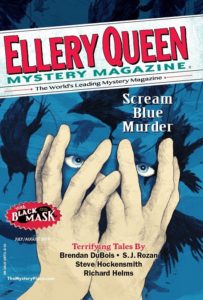 “
“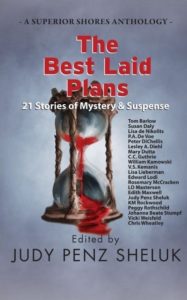 Released in June, the anthology
Released in June, the anthology 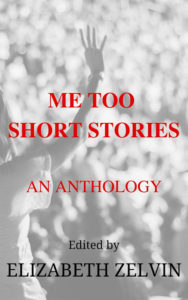 Coming in September from
Coming in September from 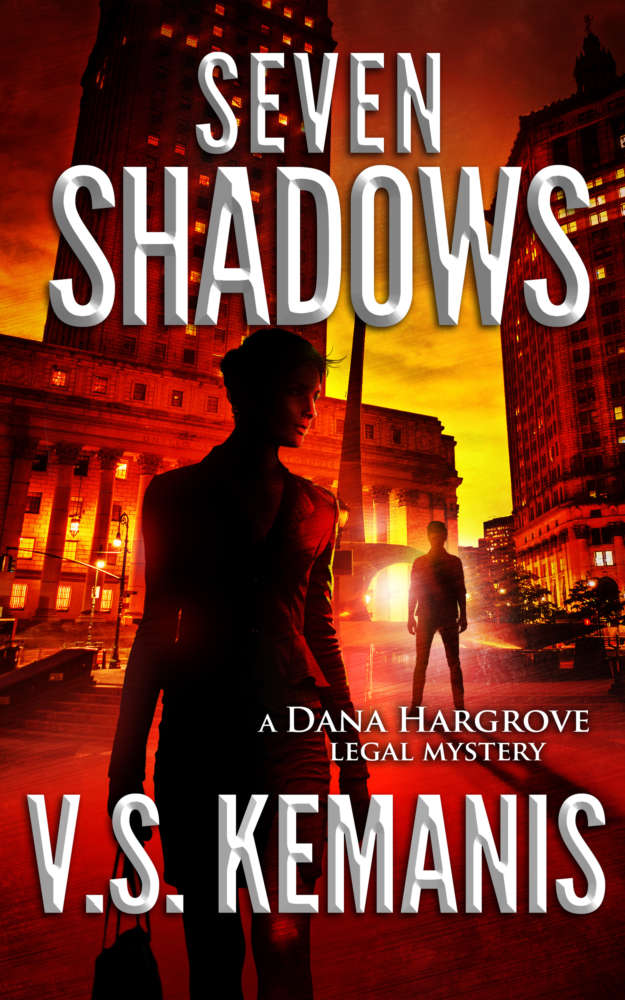














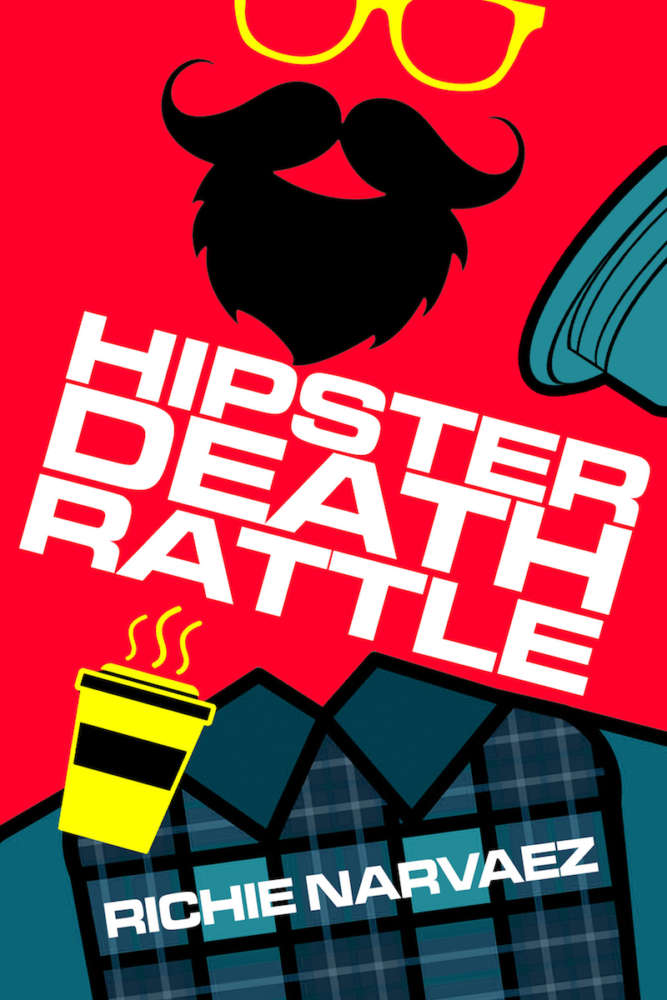
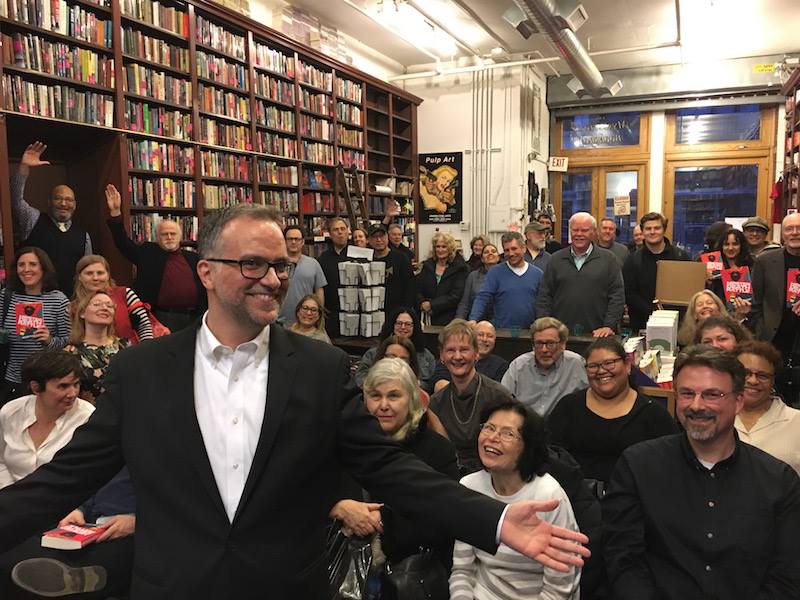

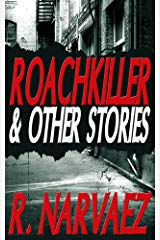
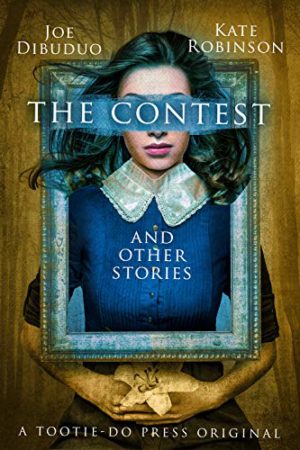
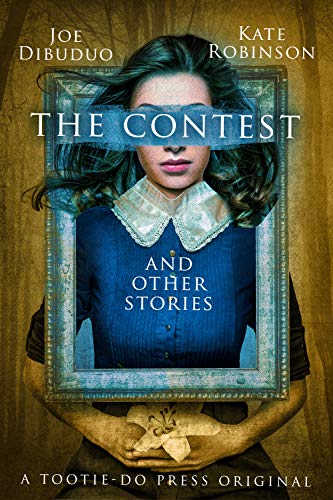


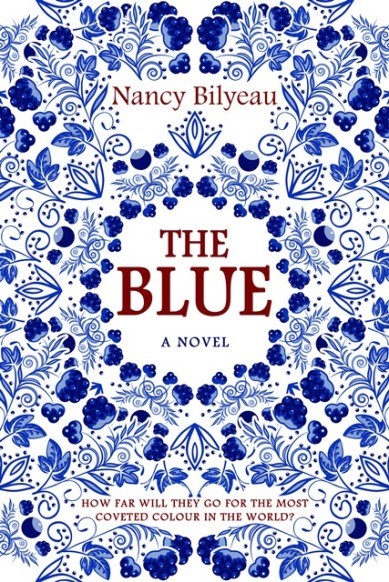
 I named a character, Pierre Billiou, after my own ancestor, though it is not his life I am describing. I wanted to pay homage to my Huguenot background by using his name. The Pierre in my novel fled France for England as a young child after Louis XIV took action against the Protestants in his kingdom in 1685—it’s called the Revocation of the Edict of Nantes. Basically, the King was canceling the measures of tolerance for Protestants. He wanted France to be One King, One Faith. Pierre and his family settled in Spitalfields, in London. My book takes place in England and France, so I needed to make these changes.
I named a character, Pierre Billiou, after my own ancestor, though it is not his life I am describing. I wanted to pay homage to my Huguenot background by using his name. The Pierre in my novel fled France for England as a young child after Louis XIV took action against the Protestants in his kingdom in 1685—it’s called the Revocation of the Edict of Nantes. Basically, the King was canceling the measures of tolerance for Protestants. He wanted France to be One King, One Faith. Pierre and his family settled in Spitalfields, in London. My book takes place in England and France, so I needed to make these changes.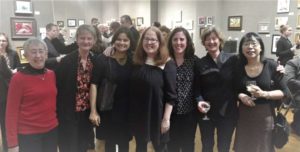

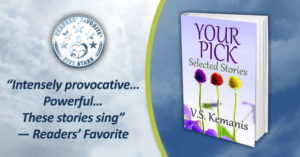
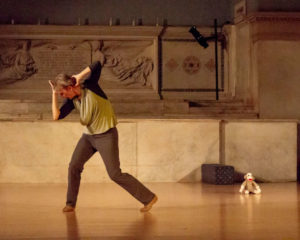
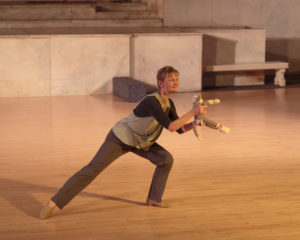
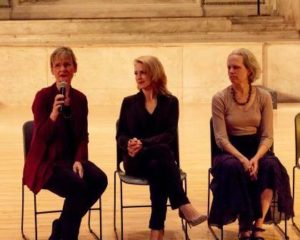

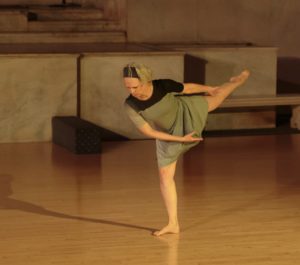
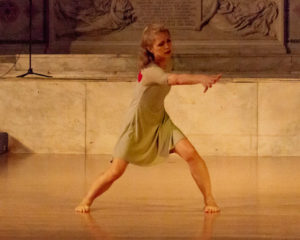
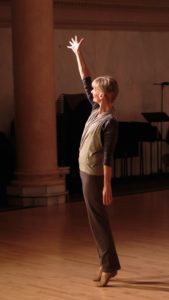
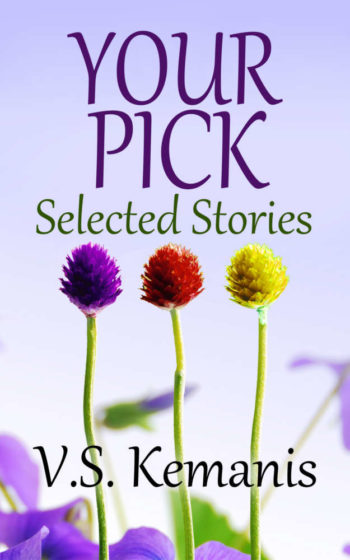
 Is today really the first day of autumn?
Is today really the first day of autumn?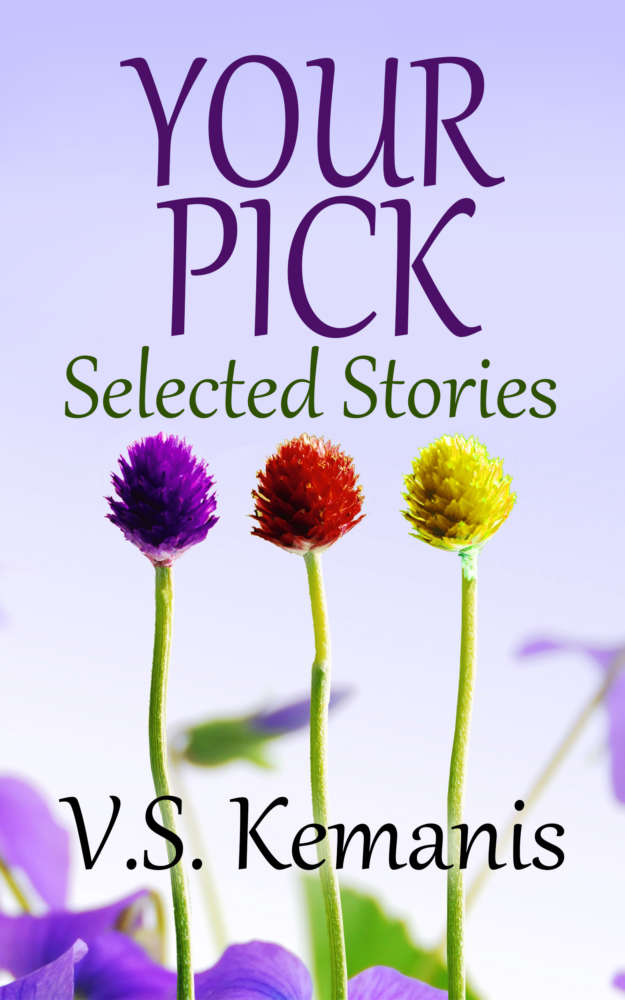
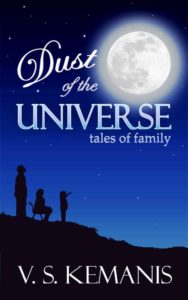 One of my readers gave me
One of my readers gave me 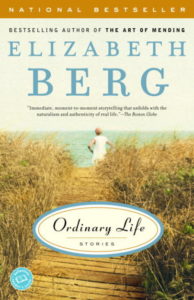 to the theme. In the opening piece, “Ordinary Life: A Love Story,” a woman of 79 takes a week-long timeout from her husband to reflect on her life. The memories and images of people, possessions, and family milestones tumble out in a free flow of association. At this stage of her life, she wonders where the time went and what’s next. “How could she have known that ordinary life would have such allure later on?”
to the theme. In the opening piece, “Ordinary Life: A Love Story,” a woman of 79 takes a week-long timeout from her husband to reflect on her life. The memories and images of people, possessions, and family milestones tumble out in a free flow of association. At this stage of her life, she wonders where the time went and what’s next. “How could she have known that ordinary life would have such allure later on?”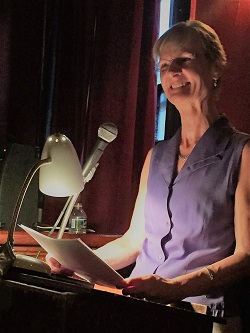 speaking of short stories, here I am at the iconic
speaking of short stories, here I am at the iconic 